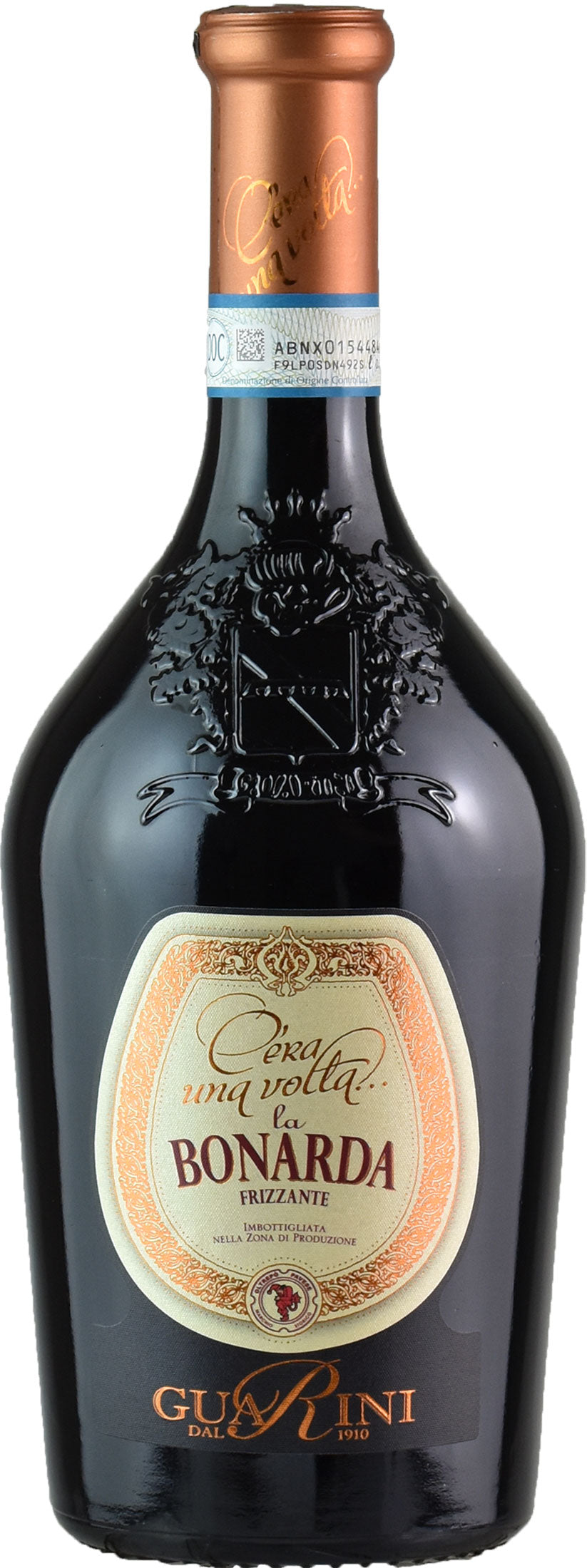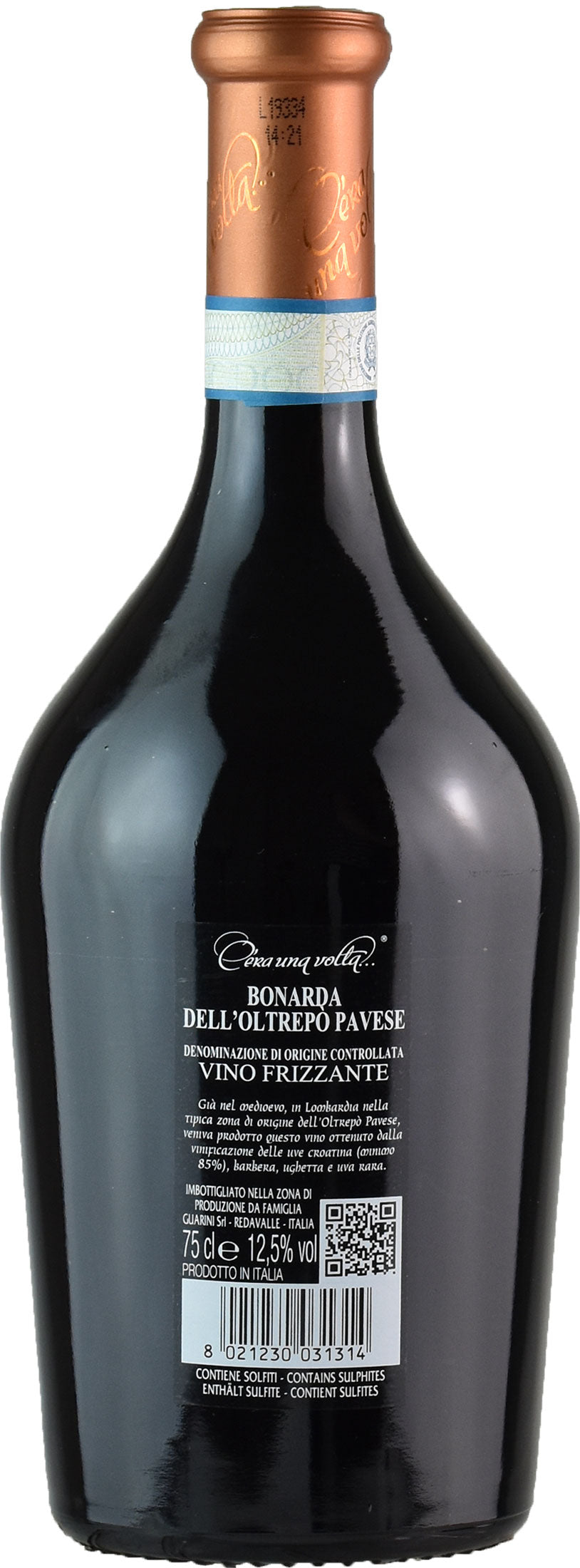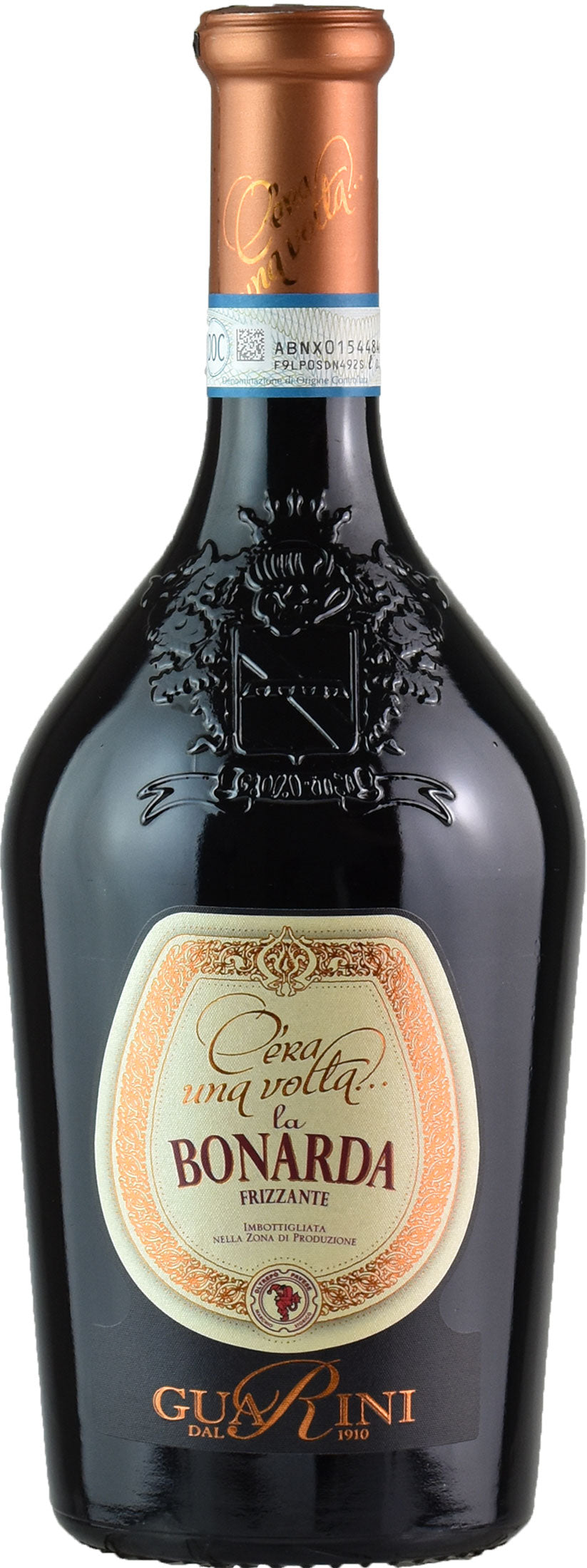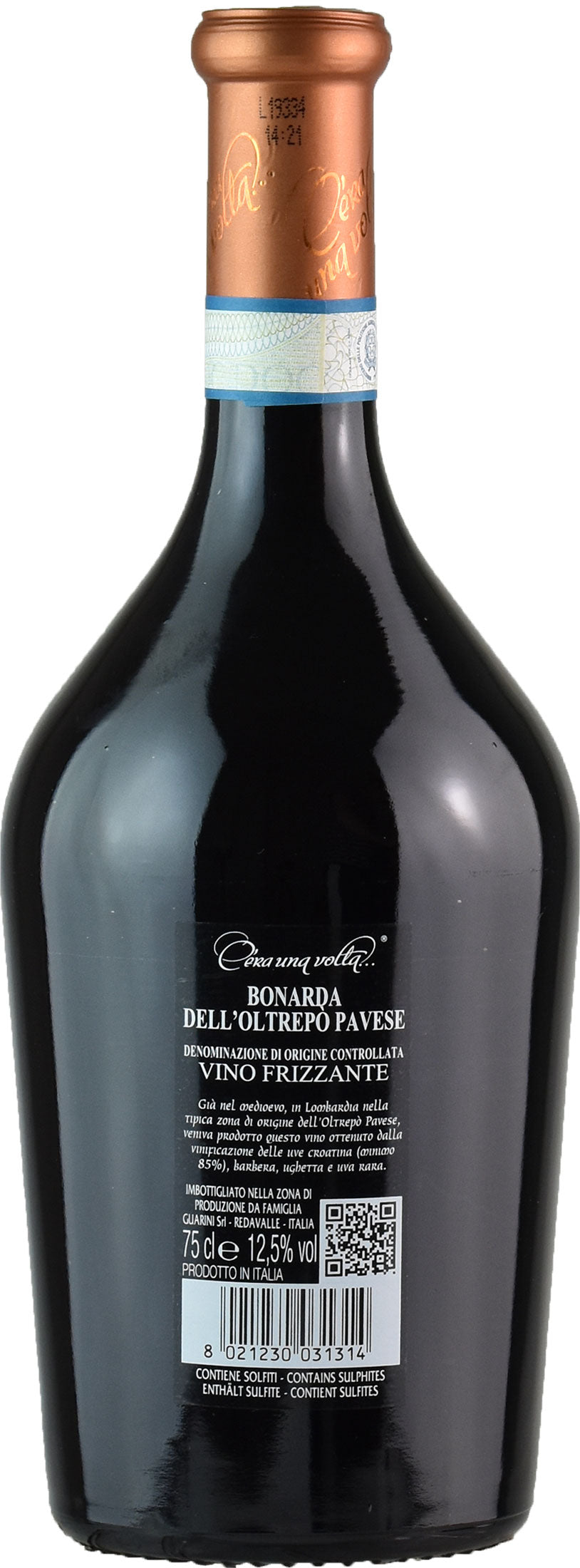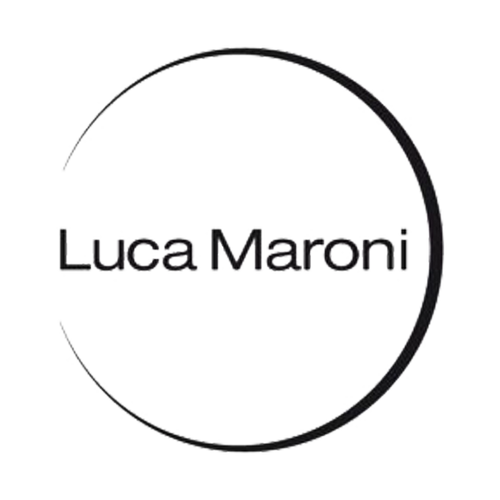Description
Sparkling red from Oltrepò Pavese, 12.5% ABV, produced by Losito and Guarini. Blend: 85% Croatina, Barbera, Uva Rara, and Vespolina. 0.75L bottle. A tribute to Lombardy's winemaking tradition, this wine celebrates Bonarda, a typical grape of this area. Intense and persistent, with hints of wild violet, cherry, and berries, floral notes of acacia, white flowers, and spices such as black pepper. A vibrant, deep ruby red color with a dense and persistent purple mousse. Full-bodied, enveloping, soft, and persistent, with a rounded aftertaste and pleasantly structured tannins, fresh and savory.
Awards
Details

Perfume

Color

Taste
Serve at:
16 - 18 °C.
Longevity:
10 - 15 years
Decanting time:
1 hour
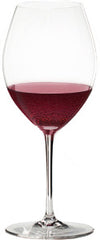
Pairings
- Start up year: 1910
The lifeblood of our company is our team of collaborators and winemakers, true masters of their craft. With passion, dedication, and an unwavering pursuit of excellence, they help our name shine in the wine industry. Thanks to their hard work, we bring over 25 million bottles to life each year, each one a tribute to flavor and tradition, honored with numerous national and international awards and accolades. Read more


| Name | Guarini Oltrepo Pavese C’era Una Volta Bonarda |
|---|---|
| Type | Red bubbly |
| Denomination | Oltrepò Pavese DOC |
| Size | 0,75 l |
| Alcohol content | 12.5% by volume |
| Grape varieties | 85% Croatina, Barbera, Uva Rara, Vespolina |
| Country | Italy |
| Region | Lombardy |
| Vendor | Losito e Guarini |
| Story | A wine and grape variety already mentioned in the Middle Ages, Bonarda is one of the most typical expressions of the Lombard-Emilian terroir. The vine, the croatina, originally from the area of Rovescala in Oltrepò Pavese, has been widely spread throughout northern Italy (it is also cultivated in Veneto) and the world (Argentina). In the 1800s Pierpaolo Demaria and Carlo Leardi dedicated particular attention to this vine. In 1967 the wine, with its ready to drink and great capacity for expression, was included in the DOC of Colli Piacentini, acquiring great potential and interest from wine lovers and experts. |
| Origin | Oltrepò Pavese |
| Soil composition | Medium textured with calcareous marl. |
| Cultivation system | Guyot |
| Harvest | By hand. |
| Wine making | Grape pressing and de-stemming with pre-fermentation maceration of the grapes, to extract colour and aroma, and fermentation at controlled temperatures with cultured yeasts. |
| Aging | In stainless steel vats, followed by macro oxygenation and natural fermentation in pressurized vats at 16 °C. During ageing, the wine undergoes several analytical checks to ensure its integrity. |
| Allergens | Contains sulphites |
